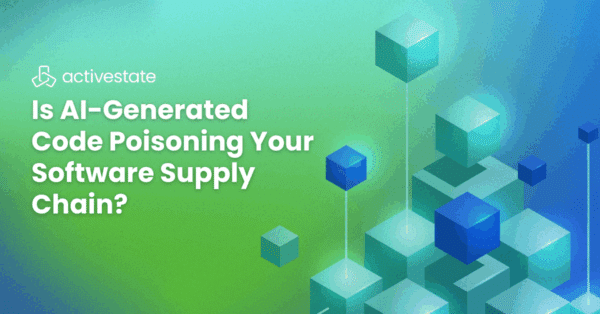Bart Copeland, longtime CEO of ActiveState, will remain a director on the Board.
We are pleased to announce that Stephen Baker has joined as Chief Executive Officer of ActiveState to lead the vision and future of secure open source integration. Most recently the Director of Generative AI and Machine Learning at Amazon Web Services (AWS), Stephen was also previously a CEO of a number of successful technology companies in the Search, Developer Experience, and Artificial Intelligence spaces. Stephen’s extensive knowledge and experience in commercializing Enterprise SaaS solutions that accelerate innovation, drive productivity and leverage open source technology made him an obvious choice. A 25-plus-year technology industry veteran, Stephen has a track record for building world-class organizations and bringing disruptive technology to market including MP3s, speech recognition, NFTs, and, most recently, Generative AI.
“Development teams at over 85% of organizations globally depend on open source programming languages, however, with software supply chain attacks tripling year-over-year, they struggle to strike a balance between productivity and security,” said Stephen. “ActiveState is so unique in that it makes both safety and innovation possible with secure open source integration, allowing developers to simply build with confidence. I’m excited to work with this world-class team to build the industry’s most-loved secure open source integration platform and realize our vision of making open source software easy and safe for enterprises.”
Vertu Capital’s recent acquisition of ActiveState, which was completed in November 2023, marks a pivotal time in ActiveState’s growth journey. ActiveState is building the future of secure open source integration with a platform that scales for development teams large and small as well as the most cutting-edge and heavily regulated industries. Stephen’s deep, relevant experience scaling technology business will be instrumental to ActiveState in the next phase of product development and customer acquisition.
“I’m thrilled to be partnering again with Stephen, especially after our previous collaboration in similar CEO and Chairman roles with Attivio, before its successful exit via ServiceNow,” said Peter Lee, Vertu Operating Advisor and Chairman of the Board of ActiveState. “Stephen will be a terrific successor to Bart, he is uniquely able to carry forward ActiveState’s leadership and exemplary culture for clients and team alike.”
Bart Copeland, longtime CEO of ActiveState, will step down from the role and continue his involvement with the Company as a member of the board of directors. Bart led ActiveState through multiple breakthroughs, successfully creating a leading SaaS Platform for modern, best practice-based secure open source development with a loyal customer base that includes 97% of the Fortune 1000.
“After a rewarding and fulfilling tenure as CEO spanning almost two decades, I couldn’t be happier to hand the reins over to Stephen to continue leading ActiveState on this incredible journey,” said Bart about his new role. “Now I look forward to my role as a board member of ActiveState focused on the strategic direction of ActiveState and supporting Stephen and the Company in its next chapter of growth.”
Contact your sales rep with any questions. We could not be more excited to have Stephen on board!








